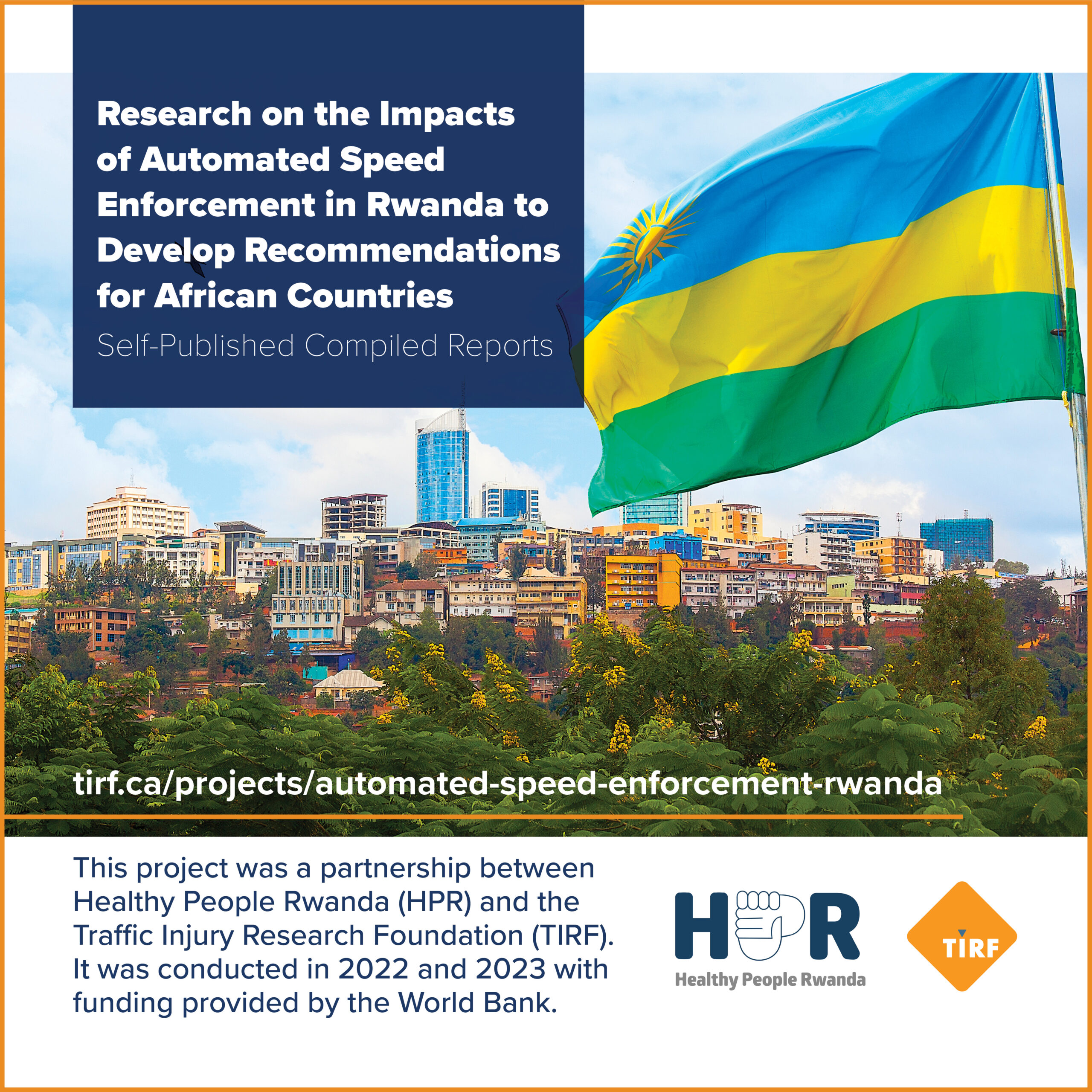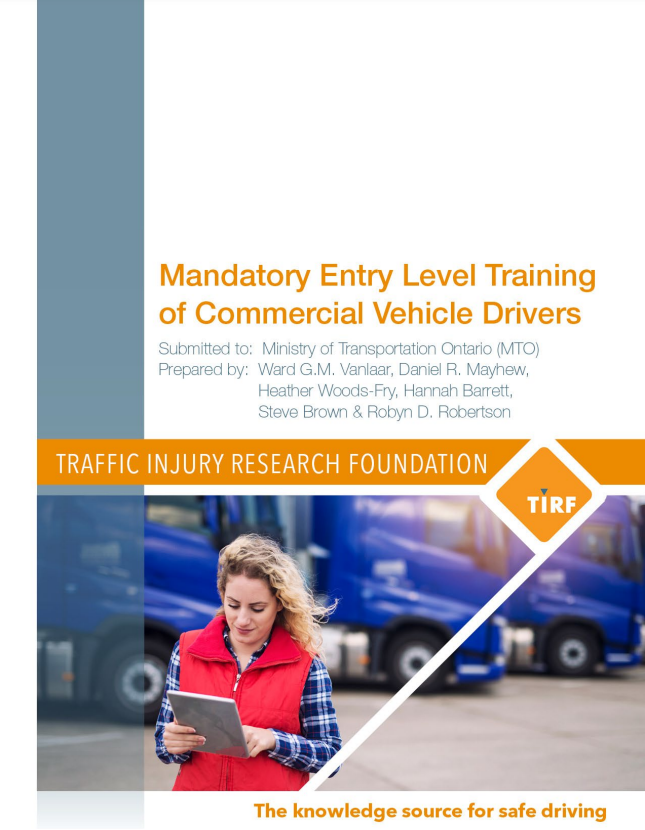The Traffic Injury Research Foundation (TIRF) received funding from the Toyota Canada Foundation to explore the knowledge, attitudes and practices of aging drivers regarding increasingly automated vehicles. Data from focus groups with this population was collected and analyzed in conjunction with national survey results from 2012 and 2016 to inform the development of tailored educational materials for aging drivers.
The objective of this study was to increase knowledge and awareness among aging drivers about the function and capabilities of advanced safety features and automated vehicles (AVs). Notable physical and cognitive declines that come with aging can impair drivers, making common driving maneuvers that they have performed for decades, much more challenging. However, previous national studies conducted by TIRF have revealed that older, experienced drivers have lower levels of trust in increasingly advanced technologies. In addition, they are least likely to rely on and adopt these technologies to improve their safety on the road.
Seniors represent the fastest-growing population group and it is estimated that more than 4.6 million Canadians aged 65 or older will hold a valid driver’s licence after 2021. Research that demonstrates the negative health impacts of driving cessation on aging drivers makes it important that drivers can continue to drive and are able to do so safely.
Educational tools are available through Brain on Board (www.brainonboard.ca), a TIRF education program.















